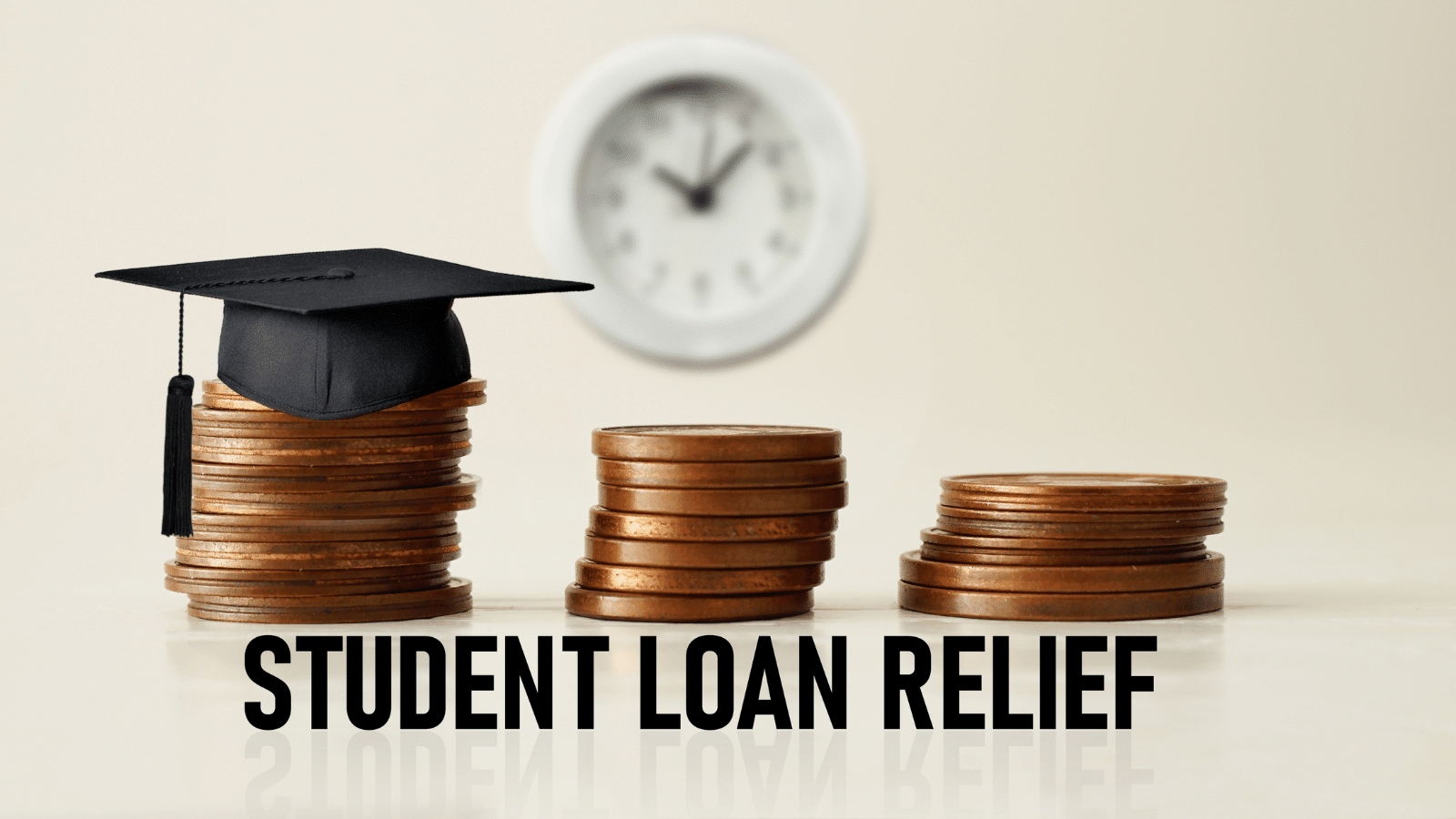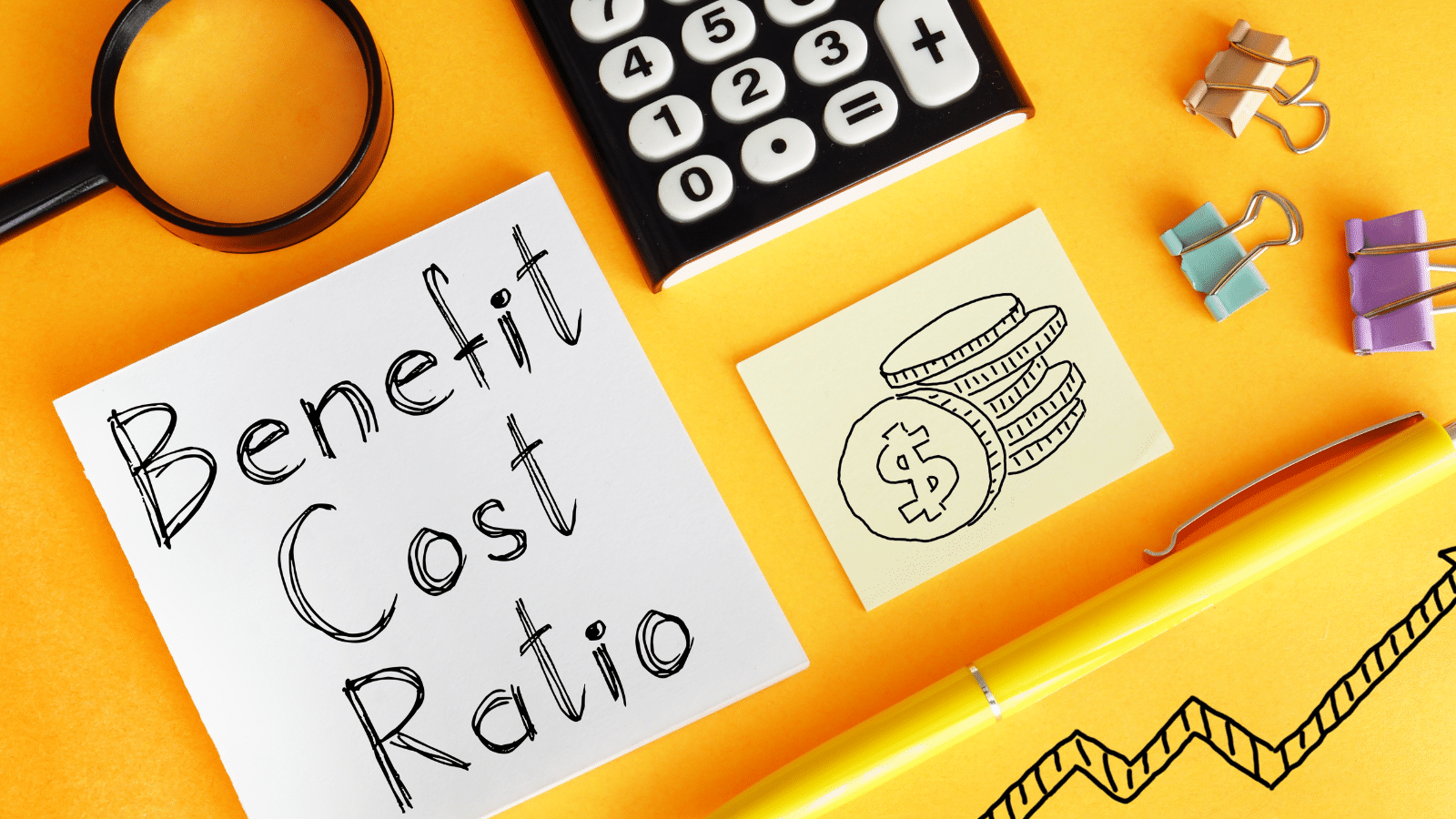The American Dream, a concept rooted in the idea that hard work, perseverance, and ambition can lead to a life of success and prosperity, has long been a defining feature of the United States. However, in recent years, a growing number of people have begun to question whether this once-cherished ideal remains achievable. This exploration delves into 18 compelling reasons why some believe the American Dream is slipping from their grasp, shedding light on the economic, social, and environmental factors that challenge the promise of a better life for all.
Income Inequality

The growing wealth gap between the rich and the rest of society has made it increasingly challenging for many to achieve financial security and upward mobility. This disparity can lead to a belief that the American Dream is now out of reach, as opportunities appear to favor the wealthy.
Skyrocketing Housing Costs

Escalating home prices and rental rates have made homeownership a distant dream for numerous Americans. The soaring cost of housing puts the prospect of economic stability and homeownership further from the grasp of the average citizen.
Mounting Student Debt

The burden of student loan debt often deters young people from pursuing higher education or makes them struggle financially for years. As education costs rise, this financial obstacle hinders the pursuit of a better life, undermining the American Dream’s ideals of self-improvement and advancement.
Limited Social Mobility

The opportunity to move up the socioeconomic ladder, a fundamental aspect of the American Dream, has become less accessible due to various barriers, including systemic discrimination, limited access to quality education, and unequal employment opportunities.
Healthcare Costs

The high cost of healthcare, including insurance premiums and medical bills, can lead to financial hardship and bankruptcy, hindering the pursuit of the American Dream as people prioritize medical expenses over long-term financial goals.
Economic Uncertainty

The prevalence of job insecurity, gig work, and economic volatility has eroded the stability necessary for achieving the American Dream. Economic fluctuations can undermine the ability to save, invest, and plan for the future.
Rising Educational Costs

The cost of obtaining a college degree, once a reliable path to upward mobility, is increasing. This financial burden can leave graduates with substantial debt and limited opportunities for financial advancement, diminishing the promise of a better future.
Underemployment

Many individuals find themselves working in jobs that do not utilize their skills or education, leading to frustration and financial strain. Underemployment prevents them from fully realizing the American Dream’s vision of fulfilling and rewarding work.
Inadequate Savings

A significant portion of the population lacks adequate savings, with a substantial number living paycheck to paycheck. The absence of financial security prevents individuals from pursuing opportunities for personal and financial growth.
Climate Change and Natural Disasters

Increasing environmental challenges and the associated costs of adapting to climate change can negatively impact individuals’ ability to achieve the American Dream. Disasters can wipe out personal savings and create long-term financial setbacks.
Access to Quality Education

Unequal access to quality education based on geography and socio-economic status limits opportunities for personal and professional growth, contributing to the belief that the American Dream is fading for some.
Social Safety Nets

Inadequate social safety nets and limited access to affordable healthcare, housing, and childcare can trap individuals in a cycle of financial insecurity, reducing their chances of attaining the American Dream.
Economic Crises

Recurrent economic crises, such as the Great Recession, have eroded savings, job stability, and trust in financial institutions, leaving individuals more hesitant to pursue the American Dream with confidence.
Excessive Debt

The prevalence of consumer debt, such as credit card debt and personal loans, can be a substantial burden that hampers financial progress, making it harder for individuals to invest in their future.
Stagnating Wages

Stagnant or slow wage growth has made it difficult for many individuals to keep pace with the rising cost of living. This stagnation has eroded the belief that hard work and dedication can lead to a better life.
Global Competition

The globalization of the job market has increased competition for well-paying positions, making it more challenging to secure high-income jobs and achieve the American Dream as previous generations did.
Political Instability

Political divisiveness and instability can create uncertainty about the future, discouraging long-term planning and investment in the pursuit of the American Dream.
Mental Health Challenges

The prevalence of mental health issues, such as stress and anxiety, can hinder individuals’ ability to focus on long-term goals and personal growth, impacting their belief in the attainability of the American Dream.
21 Things That Shout You’re “Lower Class” According To Men

Class wars creep up in all aspects of life, including dating. We take a look at the things that men believe are telltale signs that you are lower class.
21 Things That Shout You’re “Lower Class” According To Men
Boomer Zoomers vs. Millennial Meh: 10 Cars the Older Gen Loves but Millennials Just Can’t Stand

The change in the automotive industry has been incredible over the year. Baby boomers born between 1946 and 1964 can’t get enough of the cars listed below, as muscle cars emerged in the 1960s, and new technologies appeared in the 1970s and 1980s. You can imagine why boomers genuinely appreciate these vehicles.
Boomer Zoomers vs. Millennial Meh: 10 Cars the Older Gen Loves but Millennials Just Can’t Stand
Across the Pond Disdain: 18 Horrendous American Habits Foreigners Just Can’t Stomach

There is a lot to love about America, from the bright lights of New York to the incredible breakfasts, but foreigners also dislike many things. We look at everything from poor public transport to an intimidating tip culture, sharing 18 things that America could be better at.
Across the Pond Disdain: 18 Horrendous American Habits Foreigners Just Can’t Stomach
Out with the Old: 18 Gen X Fads That Millennials and Gen Z Just Can’t Vibe With

While some old habits die hard, there are some things that Gen X need to eliminate as they are no longer relevant.
Out with the Old: 18 Gen X Fads That Millennials and Gen Z Just Can’t Vibe With
18 Unpleasant States You Might Want to Skip on Your Next Trip

When thinking of America, we don’t expect there to be boring or unpleasant places to visit. We see all the different states on the TV, and they show the best parts. However, there are some states you won’t want to visit, and you should brace yourselves if you ever happen to stumble into them.
18 Unpleasant States You Might Want to Skip on Your Next Trip






